A Guide to France’s Waterways
The system of canals and rivers in France offers one of Europe’s most enchanting ways to experience the country’s countryside. These liquid highways connect historic towns, ancient châteaux, and rolling vineyards in a network that once powered France’s economy and now provides some of the most peaceful travel experiences imaginable.
Gliding along these canals at a leisurely pace allows travellers to discover the France that exists beyond major tourist destinations. The waterways reveal a slower, more contemplative side of French culture, where time moves at the speed of flowing water and you’re able to connect with the country’s history as well as its rural landscapes.
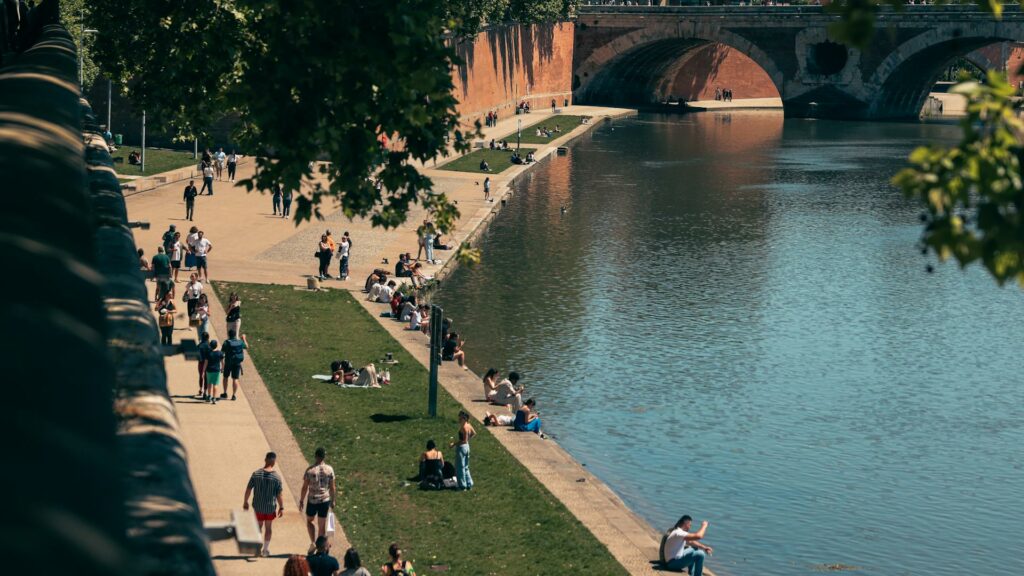
Whether you’re seeking romantic getaways, family adventures, or simply a unique perspective on French history and culture, the country’s extensive canal system delivers unforgettable holiday experiences. Here’s a comprehensive guide to France’s waterways that will share everything you need to know before planning a trip.
The History of Waterways in France
France’s canal system represents one of humanity’s most ambitious engineering projects. Construction of all the different routes spanned several centuries and connected rivers and regions, ultimately transforming the nation’s economic landscape.
The network began to develop in the 17th century under the vision of Pierre-Paul Riquet, who conceived and built the revolutionary Canal du Midi to link the Atlantic and Mediterranean Seas. This engineering marvel required cutting through mountains, building aqueducts, and creating a system of locks that seemed impossible for the technology of the time.
The canal system expanded dramatically during the 18th and 19th centuries, with engineers creating waterways that connected major rivers like the Seine, Loire, and Rhône to facilitate trade and transportation across the country. These artificial rivers carried everything from coal and grain to wine and textiles, becoming the economic arteries that helped transform France into a modern industrial nation before railways eventually took over much of the commercial traffic.
The Best Canals in France
There are over 8,500 kilometres of inland waterways in France, with at least 100 different sections of canal to navigate. Here are some of the most popular for a holiday in France.
Canal du Midi
The Canal du Midi stands as the crown jewel of French waterways and is one of the best places for river cruising in France, stretching 240 kilometres from Toulouse to the Mediterranean Sea and earning UNESCO World Heritage status for its extraordinary engineering and beauty. This 17th-century masterpiece winds through the heart of southwestern France, passing sunflower fields, vineyards, and medieval villages.
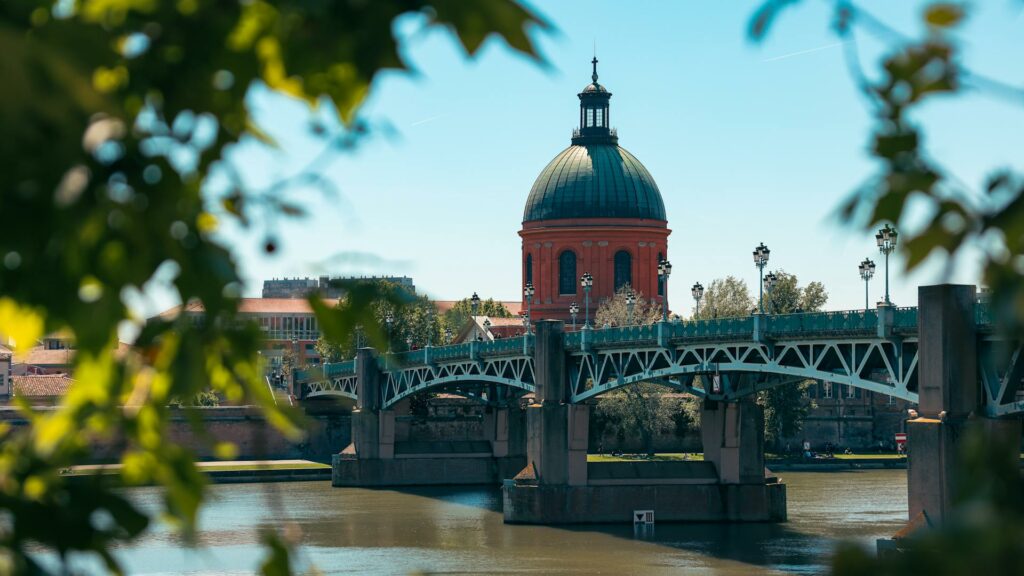
The canal passes through historic cities like Carcassonne, where medieval walls rise directly from the water, and Béziers, where the canal crosses the Orb River via a spectacular aqueduct. Ancient locks, many still operated by hand, punctuate the journey with charming interludes, and the canal’s famous plane trees create natural cathedrals of shade, their branches forming tunnels of green that provide respite from the southern sun.
Canal de Bourgogne
Burgundy’s canal system offers a completely different flavour of French waterway travel. The Canal de Bourgogne connects the Seine and Saône rivers, winding through the region famous for producing some of the world’s finest wines and most refined cuisine.
This canal particularly appeals to visitors who want to combine scenic boating with serious wine tasting, as the route passes numerous vineyards where cellar doors welcome visitors for tastings and tours. You’ll travel through landscapes dotted with prestigious wine estates, historic abbeys, and culinary towns, making this canal system perfect for anyone who considers exceptional food and wine essential elements of a French adventure.
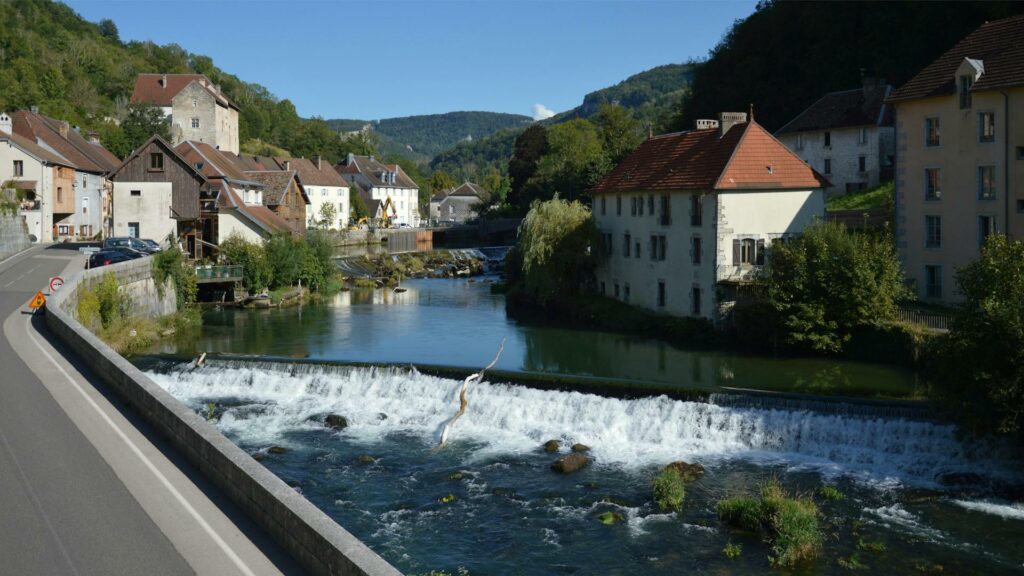
Canal du Nivernais
The Canal du Nivernais presents perhaps the most pristine and natural waterway experience in France, following the Yonne River valley through forests, meadows, and countryside. The route passes through the Morvan Regional Nature Park, where dense forests and rolling hills create a backdrop that changes dramatically with the seasons.
The Canal du Nivernais appeals particularly to nature lovers and those seeking authentic French rural experiences. Small villages along the canal maintain their traditional character, with local markets, family-run restaurants, and artisan workshops that welcome visitors with genuine warmth.
How to Explore France’s Waterways
Now that you’ve learned about the history of France’s canal system and some of its highlights, you’re probably wondering about the best ways to explore for yourself.
Canal boat rental offers the ultimate freedom to explore France’s waterways at your own pace, with companies providing everything from compact boats perfect for couples to spacious vessels that accommodate families or groups of friends. These rental boats, known as péniches, come fully equipped with sleeping quarters, kitchens, and navigation equipment, requiring no previous boating experience since the calm canal waters and low speeds make operation straightforward and safe.
The beauty of self-drive canal boat tours lies in the flexibility they provide, since passengers can moor wherever they choose. Most European river cruise companies provide comprehensive briefings on lock operation, boat handling, and route planning, while also offering suggested itineraries that highlight the best stops, restaurants, and attractions along different canal systems.
Alternative ways to experience the waterways include river cruises that handle all the navigation while providing guided commentary, cycling along the towpaths that parallel most canals, or taking walking tours that focus on the history and engineering of these remarkable waterways.
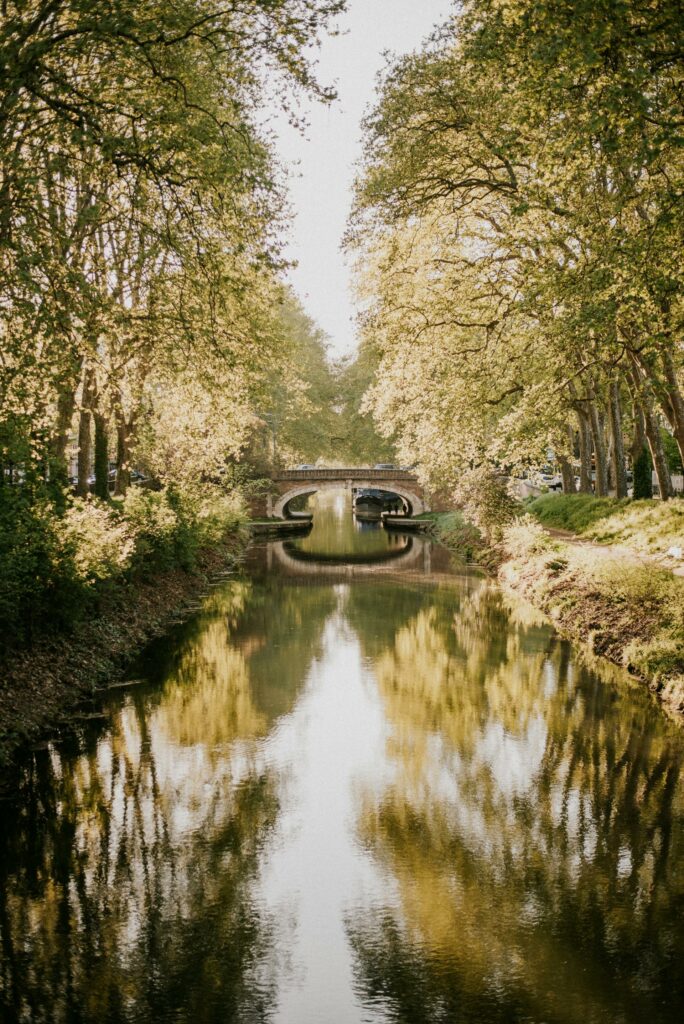
Enjoy an Unforgettable French Holiday
France’s waterways offer a unique perspective on the country that goes far beyond typical tourist experiences. The canals provide access to authentic French culture and connect some of France’s most beautiful countryside with historic towns and cities, creating itineraries that combine natural beauty with cultural richness in ways that feel both relaxing and enriching.
Header Photo Credit: Harriet B. https://www.pexels.com/photo/a-canal-with-trees-and-water-in-the-background-17115431/




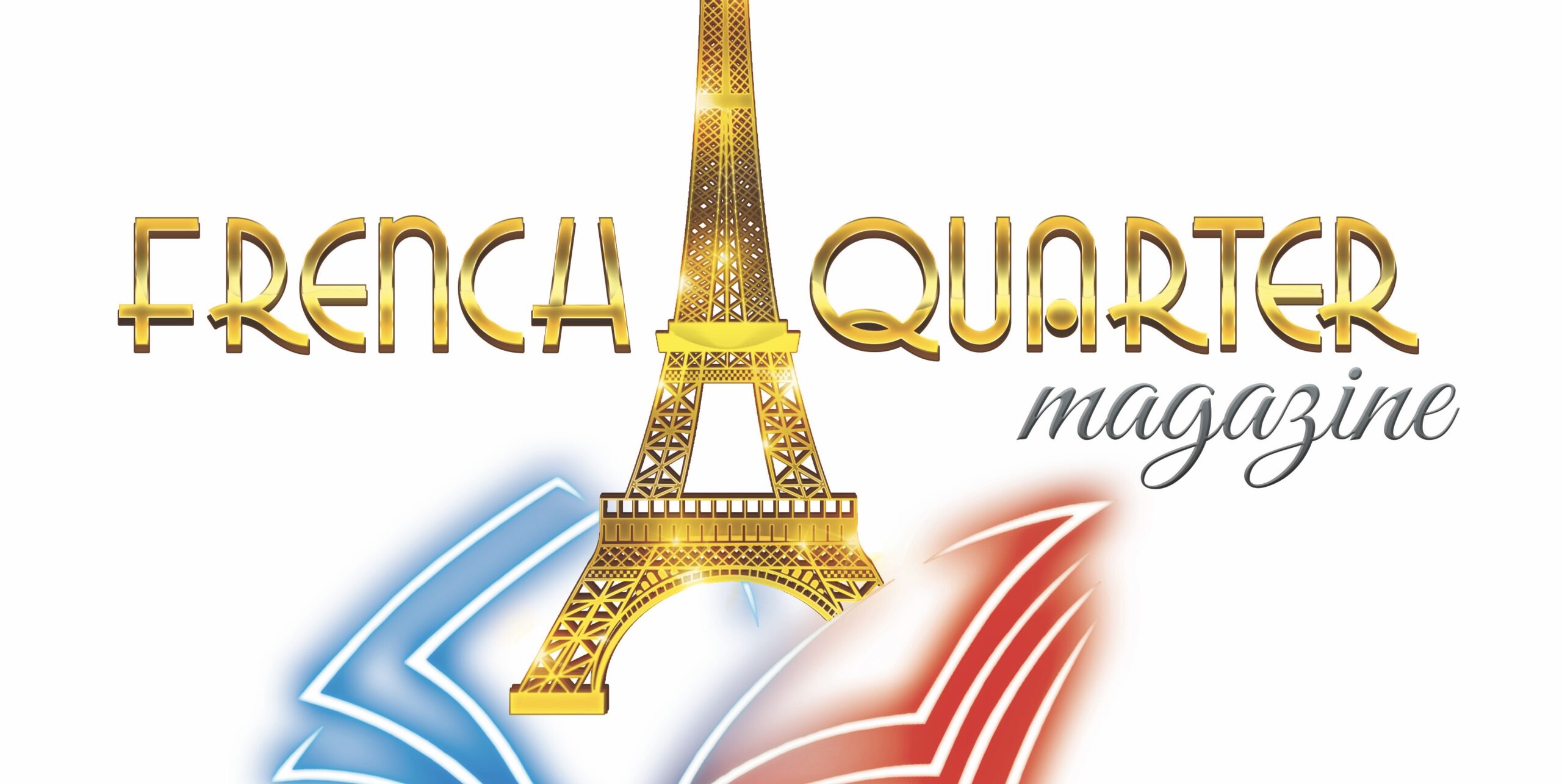

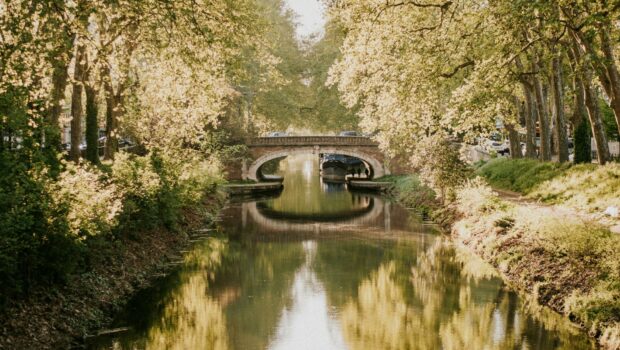








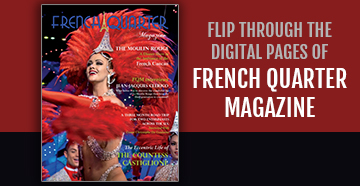





Fantastic read! This article does an excellent job of breaking down what smart homes are and how they’re transforming modern…